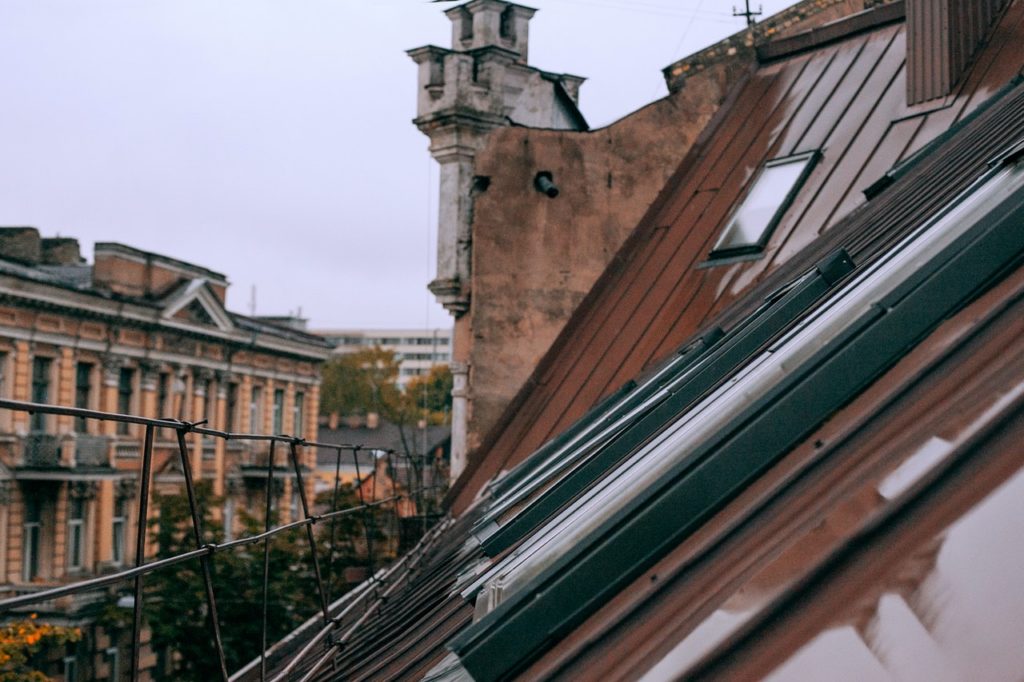Making your home last longer is an excellent way to get the most out of your money, and there are several ways to do that, many of which you may already know, from regularly maintaining your HVAC systems to tending to your lawn. However, besides traditional home care services, there are far more strategies to make your home last for years.
Here are eight ways to make your home last for generations.
Raise Electric Outlets Throughout Your Home
Raising electrical outlets can keep water from seepage or low-level floods from infiltrating and damaging electrical receptacle, keeping your home safe from any severe damages. Floodwater may damage your electrical system, so be proactive and raise your electrical outlets to extend your home’s lifespan and save you money down the line. However, make sure to check first to see what local codes allow homeowners to do this particular project in their homes.
However, most don’t have restrictions on the height of outlets above the floor. Although the measurement depends on your specific needs, moving outlets up at least one foot above minimum flood levels is ideal.
Maintain Gutters, Troughs, and Downspouts
Keeping your home’s gutters, troughs, and downspouts free from leaves and sediment enables water to flow freely down and out, keeping your house safe from moisture or water damage. Roof shingles and shed granules that often lead to slit buildup can block water flow, so consider adding mesh leaf guards over your gutters to minimize sediment buildup and keep your home damage-free years. Additionally, make sure to thoroughly clean all your gutters at least twice every year for the best results.
Well-maintained downspouts, gutters, and troughs can double or triple your home’s lifespan, keeping water from going inside the water and preventing ground saturation around the house’s foundation.
Top it Off With Sturdy Metal
One of the most efficient ways to make your home last for generations is by replacing your corrugated tin roof or concrete roof tiles from top-quality metal roofs. These are virtually maintenance-free as coated roofing panels can withstand strong winds and heavy snow loads without rusting or fading.
Regularly Caulk
Caulking exterior openings like holes where wires or pipes enter and exit a structure can keep out wind-driven rain and overload flooding. Depending on the type of caulk you use, these can last for 20 years and be regularly replaced, keeping your home safe from potential leaks and extending its lifespan.

Create a Drywall Buffer Zone
When water meets your drywall, it wicks up into the wallboard, leading to mold when left untreated, which can destroy your house in the long run while putting the residents’ health at risk. That’s why when replacing drywall, make sure to create a small ‘buffer zone’ by leaving half an inch or one-inch gap between the bottom of its sheeting and the top level of the flooring, ensuring it doesn’t make contact with water—prolonging the property’s lifespan.
Add Elbow or Drain Sleeves at the Bottom Of Your Downspouts
Adding elbow or drain sleeves at the bottom of your downspouts can help divert water away better from your home, ensuring you’re free from water damages. These are available in flexible heavy plastic tubing and aluminum. Additionally, place splash blocks under the lower end of downspouts to stem soil erosion and divert water away further. Doing this helps you keep flood or rainwater from eroding the foundations of your basements and crawl places, extending the home’s lifespan.
Take Advantage of Durable Finishes
If you pick finishes that hold up relatively well, chances are you’ll not only enjoy your home for years, but you’ll also save money while ensuring your home can last for a very long time. Investing in top-quality materials and products may be expensive in the beginning. However, their ability to withstand wear and tear means you’ll spend less on repairs down the line while reinforcing your home, allowing the property to last for generations.
Elevate Your Home
One of the best ways to make your home safe from potential floods is by elevating it. However, you’ll need to ensure it meets your community’s minimum elevation standards for construction. Plus, check-in with local building officials to find the requirements. Bringing your home to a more elevated area ensures your safety during floods and improves ventilation, freeing your home from mold growth—prolonging its lifespan.
As the building materials industry grows and continually improves upon durable products to reduce or eliminate the need to worry about the upkeep and repair of a home paves the way for homeowners to make their homes last for a long time. The strategies mentioned can double the benefits of these sturdy items—providing anyone with a home that can last for generations.

